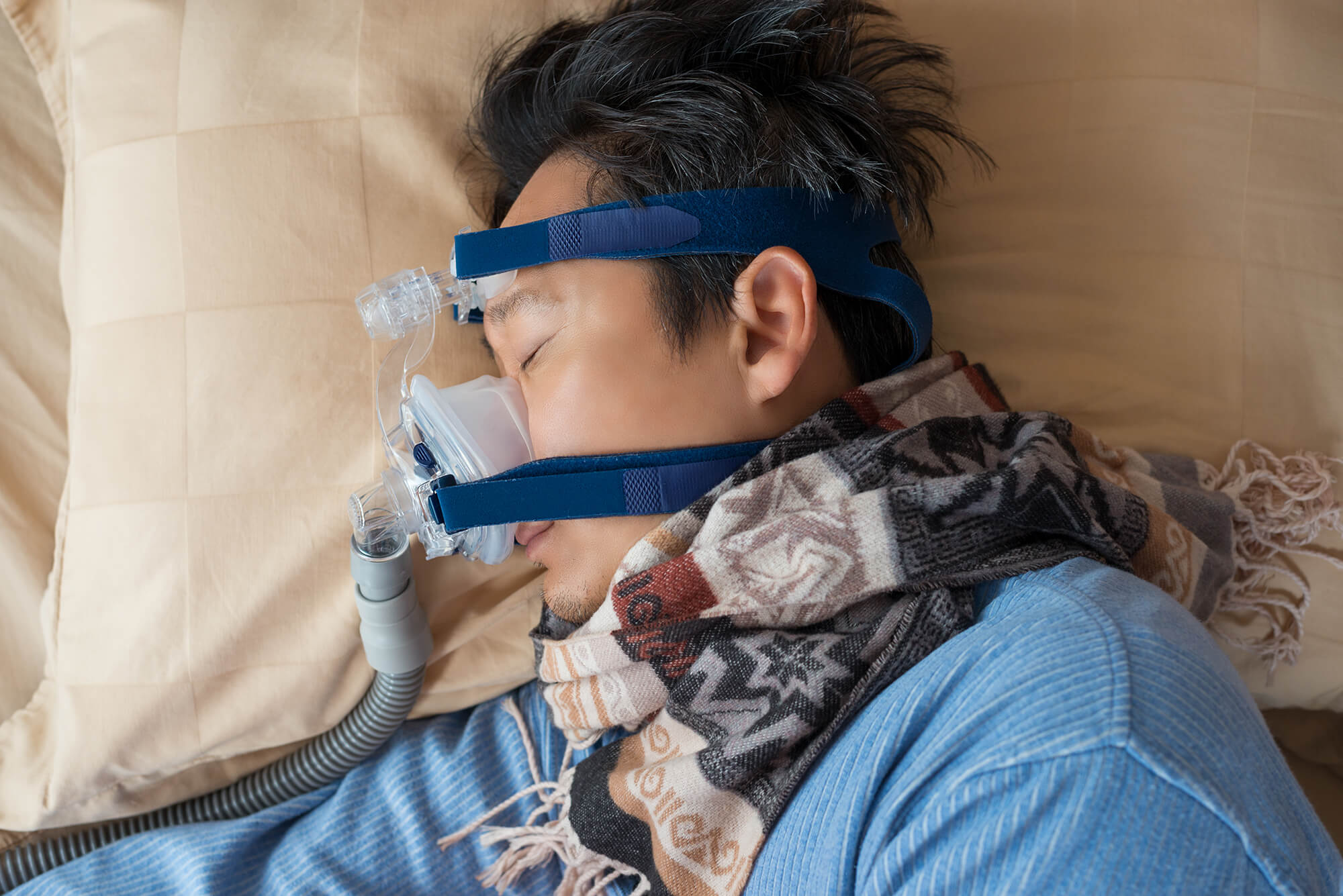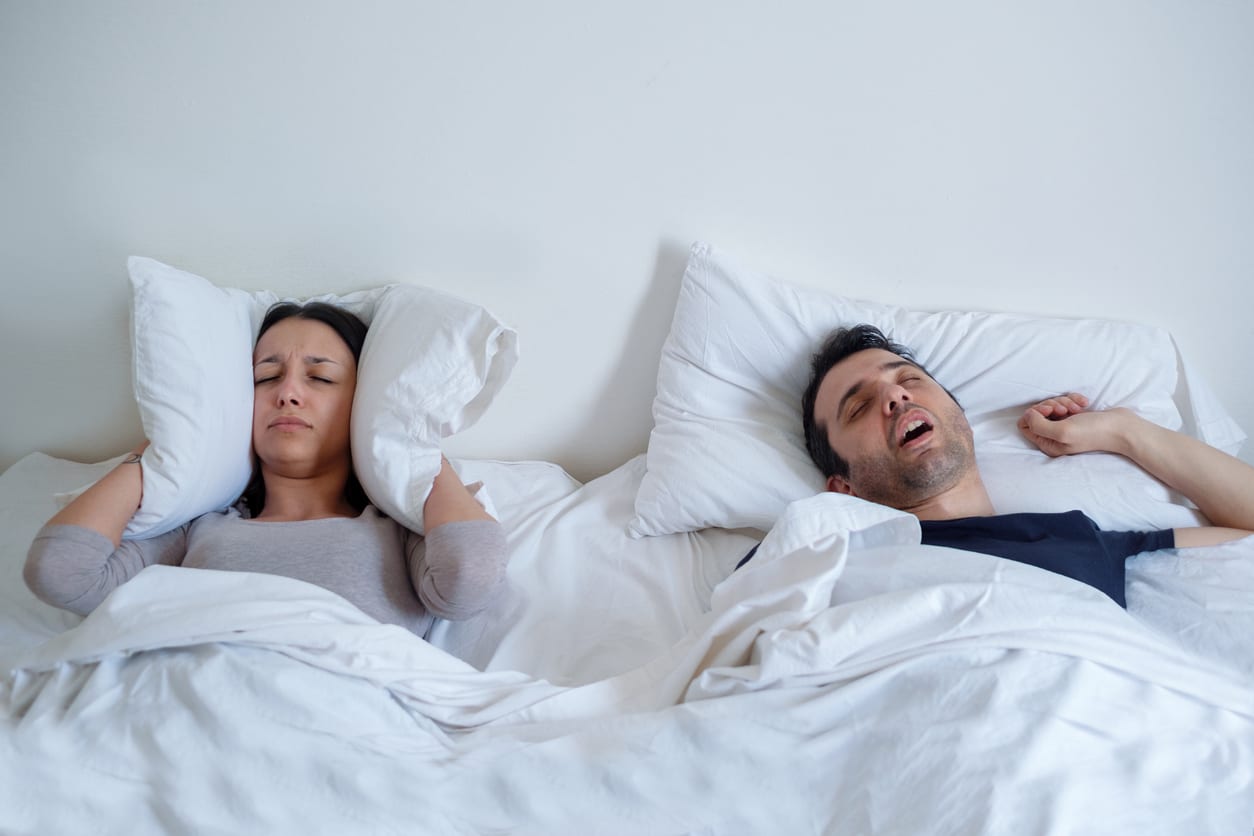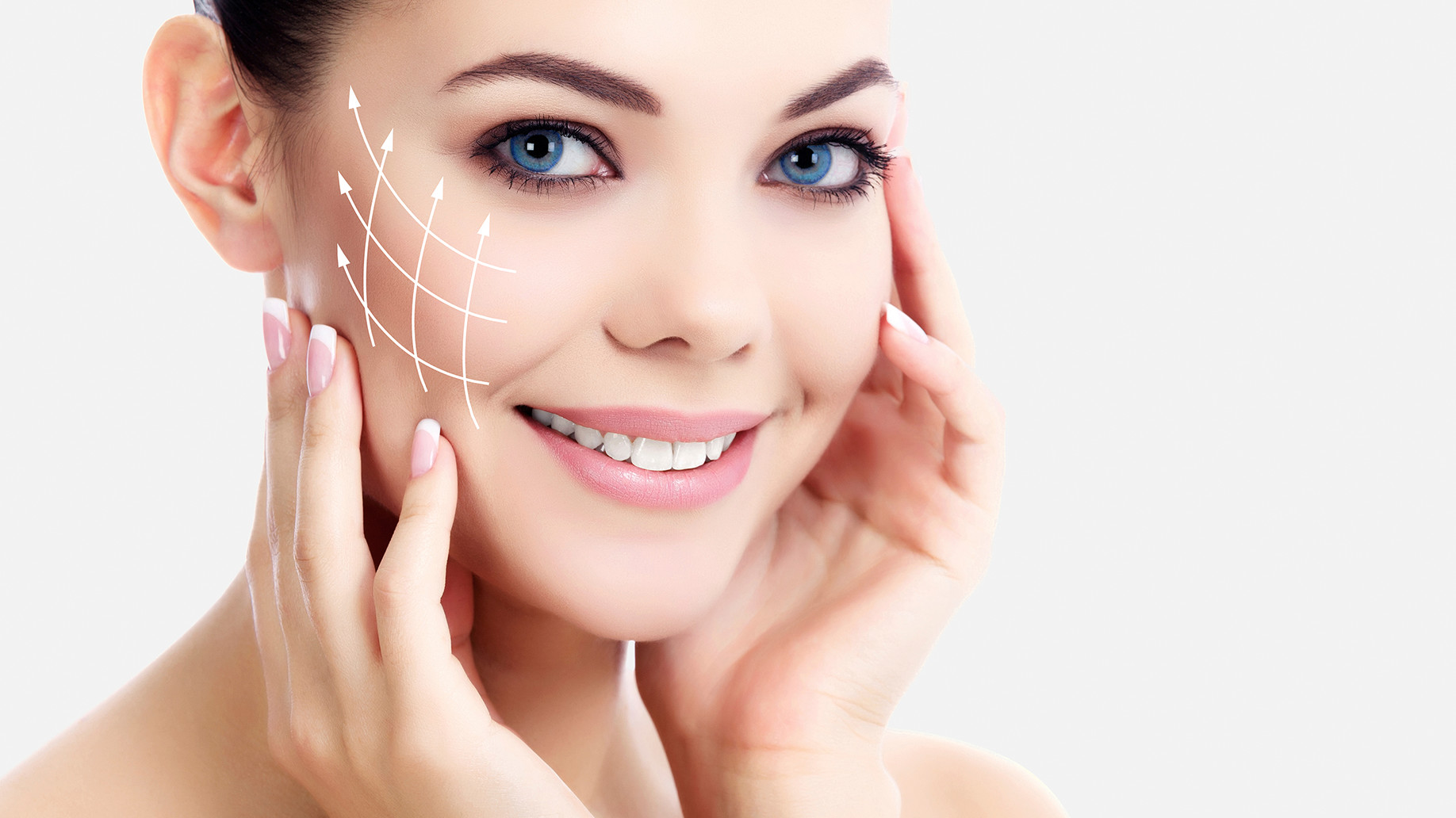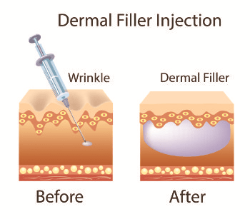Weather changes can have a significant influence on sleep quality, according to a rising number of studies published in the previous decade. This is an area that doctors and academics are still exploring.
Already, the winter season might be difficult to survive in. With several life situations that can have an adverse effect on your health, including your ability to get quality sleep. This is true for both those with and without a sleep apnea diagnosis.
Maintaining regular CPAP machine use is essential if you’re currently receiving treatment for sleep apnea; otherwise, your condition may worsen throughout the colder months.
Even if you haven’t been diagnosed with sleep apnea, it’s vital to know that the condition can raise your risk of stroke, heart failure, and diabetes if it goes untreated. Take a look at the effects of winter on sleep apnea and how to mitigate them.
See also: Treating Sleep Apnea Through Lifestyle Modifications

Connection Between Seasonal Change and Sleep Apnea
One of the strongest explanations for why winter is linked to sleep apnea was published in 2012 in Chest, a scholarly medical magazine.
Over the course of a decade, more than 7,500 individuals who sought treatment at a sleep clinic were analysed. For one night, participants slept in the clinic while researchers monitored them for respiratory abnormalities and recorded the number of times each one woke up.
The study’s subjects had significantly higher sleep arousals in cold conditions. The apnea-hypopnea index (AHI) was used to determine this for each patient. How often a person’s sleep is disrupted in an hour is tracked by the AHI.
The study found that the median AHI for patients at the sleep clinic was 17.8 in the winter, but only 15 in the summer.
That is to say, when comparing winter to any other season, participants’ frequency of breathing disturbances at night increased by over 20%.
The study also indicated the highest rate of severe sleep arousals occurred in the winter, with some patients reporting up to 30 breathing disruptions per hour.

If you have been diagnosed with sleep apnea, this study further emphasises the need of utilising your CPAP machine. Inconsistency in therapy is especially detrimental during the winter. Sticking to your routine can help you prevent these problems and the substantial increase in sleep disruptions that occurs every winter.
In 2015, researchers analysed Google Search trends to highlight the association between cold weather and obstructive sleep apnea. The research, which analysed search data from the United States and Australia over the course of seven years, found that people were more likely to look for information about sleep apnea and snoring between the colder months and the beginning of spring.
Reasons why cold weather may exacerbate sleep apnea
While further study is needed to determine the precise causes, lower winter temperatures are likely a contributing role. Sleep apnea can be exacerbated by the cold because of the underlying concerns it causes.
It’s important to keep in mind that obstructive sleep apnea, the most common type, develops when the airway narrows and makes breathing harder during sleep. Because your body isn’t getting enough air, your blood’s oxygen level drops.
In response to this issue, your brain may send out mild shocks to your body in an effort to reopen your airway. These short awakenings are what sleep specialists are looking for when they do a sleep study, yet you might not even be aware of them.

A major reason why winter is harder for sleep apnea sufferers is that there is less humidity in the air. If you’re taking in cold air through your mouth, it might irritate your airway and cause lung dryness. Dry nasal passages are another side effect of being exposed to cold, dry air.
If your nasal passages are dry, your body may be more susceptible to the cold virus. Cold weather makes it more difficult to breathe at night due of stuffiness and the common cold.
For people who suffer from sleep apnea, being unwell exacerbates the problem of a narrowed airway caused by the condition. That’s why you could find yourself waking up more often than usual this winter.
It’s a two-way street, though, since sleep deprivation was determined to be the most important factor in deciding whether or not people had a cold in 2015 by researchers at the University of California, San Francisco.
Researchers found that those who slept for 6 hours or less per night were 4.2 times more likely to have a cold than those who slept for 7 hours or more. Working long hours in the winter, on top of the weather changes that already raise the risk of disease, can lead to an illness that exacerbates your sleep apnea.

Methods for Dealing with Sleep Apnea During the Colder Months
You may give yourself the best chance of avoiding the detrimental effects of winter on sleep apnea by following these guidelines.
Persons With Sleep Apnea:
As a first step, if you’ve been diagnosed with sleep apnea and have started using a CPAP machine, consistency is crucial. There are three things to remember about CPAP therapy this season:
- Most individuals with sleep apnea don’t regularly clean their CPAP machines, which is one of the most important things you can do to keep it working properly. Keeping the machine clean before bed will reduce the accumulation of germs and improve its performance.
- Regularity: Use your CPAP machine every night. This is of utmost importance in the winter, when sleep awakenings are more common.
- Humidifier: most CPAP machines include a humidification setting, but a separate humidifier is recommended, especially in the winter. It’s useful since dry air is a common factor in becoming sick throughout the winter.
In Conclusion
Although the following advice is useful for anybody seeking treatment for sleep apnea, it is especially pertinent for individuals who have not yet begun using a continuous positive airway pressure (CPAP) machine.
Breathing in and out via the nose is another easy technique to employ. When you breathe in via your nose, your body is better equipped to filter out any foreign particles before they reach your lungs, reducing any congestion you might experience and allowing you to get a better night’s rest.
What to wear: In other words, this is the first logical step to take. Staying warm in the winter will help you avoid catching a cold, which can aggravate your sleep apnea. Do not go out without proper outerwear; you can always take off layers.
It’s also a good idea to wear a scarf over your mouth and nose whenever you can. As was previously noted, the dry air of winter can make it more difficult to breathe and more susceptible to catching a cold.
















